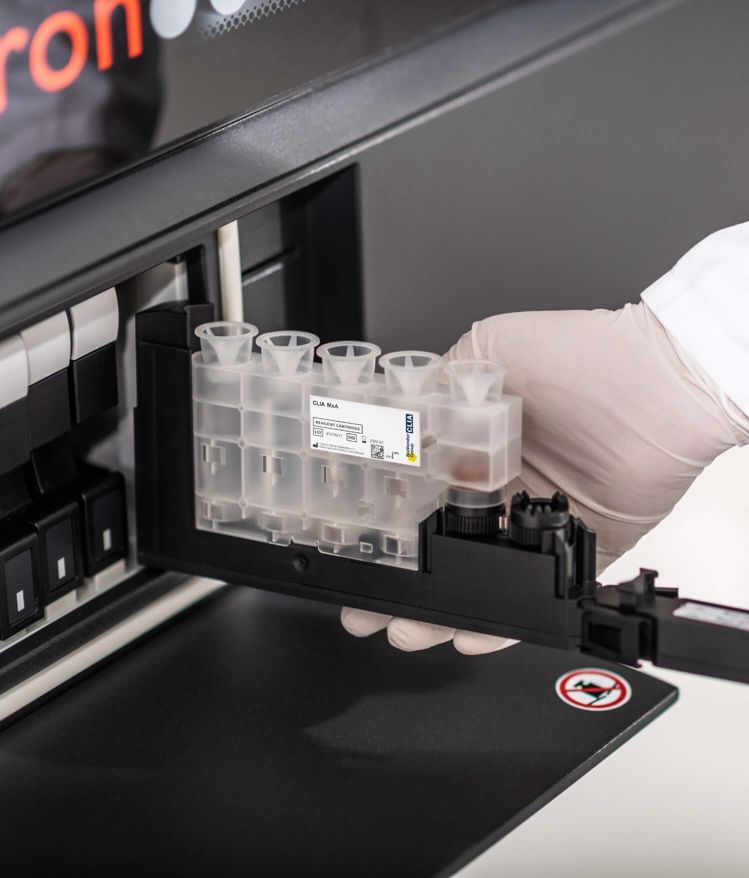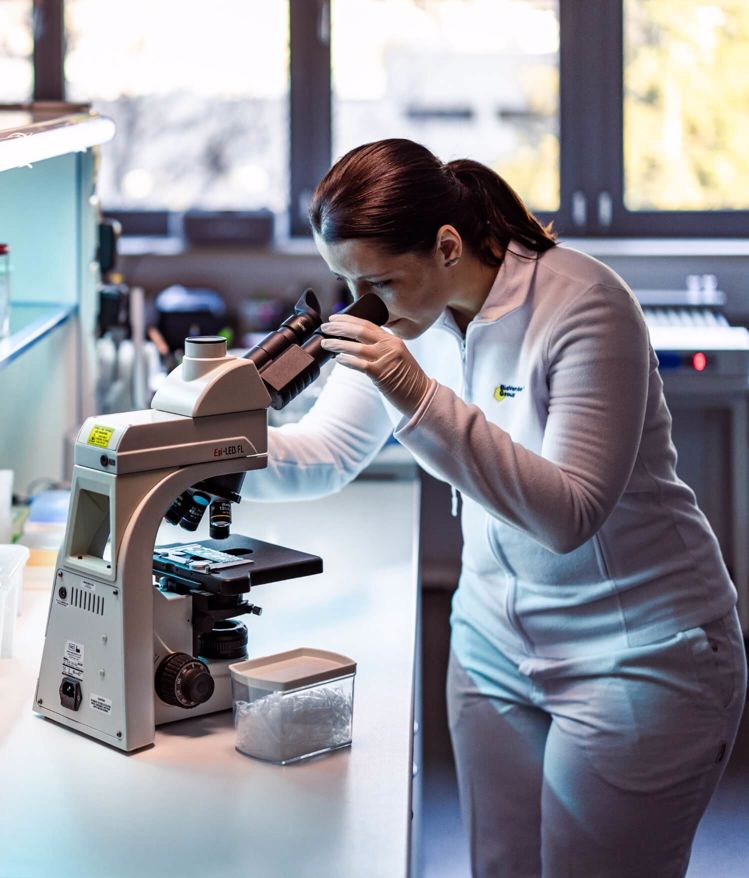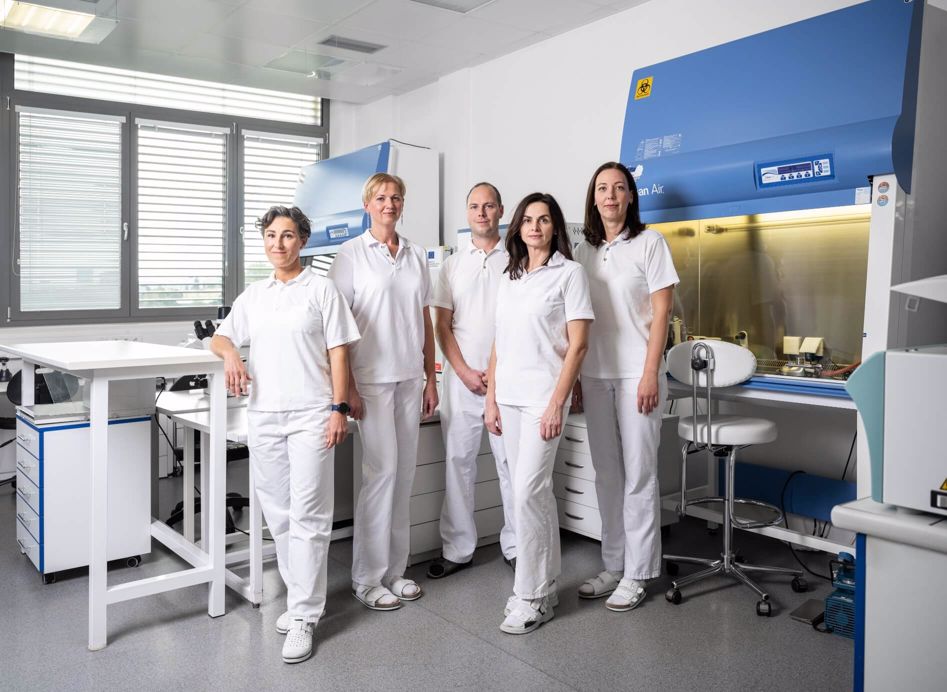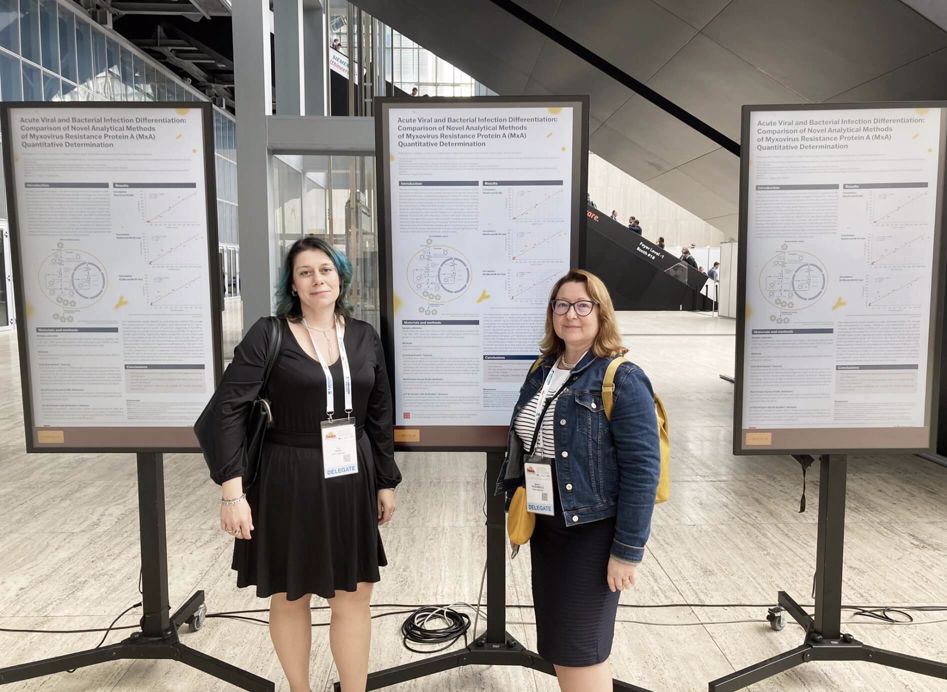Specific microRNAs and heart failure: time for the next step toward application?
A number of microRNAs are involved in the pathophysiological events associated with heart disease. In this review, we discuss miR-21, miR-1, miR-23a, miR-142-5p, miR-126, miR-29, miR-195, and miR-499 because they are most often mentioned as important specific indicators of myocardial hypertrophy and fibrosis leading to heart failure. The clinical use of microRNAs as biomarkers and for therapeutic interventions in cardiovascular diseases appears highly promising. However, there remain many unresolved details regarding their specific actions in distinct pathological phenomena. The introduction of microRNAs into routine practice, as part of the cardiovascular examination panel, will require additional clinically relevant and reliable data. Thus, there remains a need for additional research in this area, as well as the optimization and standardization of laboratory procedures which could significantly shorten the determination time, and make microRNA analysis simpler and more affordable. In this review, we aim to summarize the current knowledge about selected microRNAs related to heart failure, including their potential use in diagnosis, prognosis, and treatment, and options for their laboratory determination.
Download the poster
More about project








